Article 142 of Constitution of India
ūüďú ARTICLE 142 OF THE CONSTITUTION OF INDIA
Title: "Enforcement of decrees and orders of Supreme Court and orders as to discovery, etc."
ūüĒć TEXT OF ARTICLE 142
Article 142(1) ‚Äď
"The Supreme Court in the exercise of its jurisdiction may pass such decree or make such order as is necessary for doing complete justice in any cause or matter pending before it, and any decree so passed or orders so made shall be enforceable throughout the territory of India in such manner as may be prescribed by or under any law made by Parliament..."
Article 142(2) ‚Äď
"The Supreme Court shall have all and every power to make any order for the purpose of securing the attendance of any person, the discovery or production of any documents, or the investigation or punishment of any contempt of itself."
ūüéĮ PURPOSE OF ARTICLE 142
The purpose of Article 142 is to empower the Supreme Court to ensure "complete justice" is done in any matter pending before it.
It provides the residual or extraordinary powers of the Court, allowing it to go beyond the limitations of statute when necessary.
It acts as a corrective mechanism where statutory law may be inadequate to provide relief.
‚öĖÔłŹ NATURE OF POWER UNDER ARTICLE 142
| Feature | Description |
|---|---|
| Extraordinary Power | Not bound strictly by statutory provisions if justice requires otherwise. |
| Discretionary | Supreme Court uses it based on the facts of each case. |
| Binding | Orders under Article 142 are binding across India. |
| Supplementary | Complements existing laws; not meant to override them entirely. |
ūüŹõÔłŹ LANDMARK CASES ON ARTICLE 142
1. Union Carbide Corporation v. Union of India (1991)
Context: Bhopal Gas Tragedy
The Supreme Court used Article 142 to approve a settlement of $470 million between Union Carbide and the Government of India.
The court justified the use of Article 142 to do complete justice to the victims.
Criticized for overriding statutory criminal procedures, but upheld as valid under Article 142.
‚úÖ Significance: Established that the Court can bypass technicalities for broader justice.
2. Supreme Court Bar Association v. Union of India (1998)
The Supreme Court earlier suspended a lawyer’s license under Article 142.
In this case, the SC held that Article 142 cannot be used to contravene existing statutory laws, such as the Advocates Act, 1961.
Clarified that "complete justice" must be within the framework of the Constitution and laws.
‚úÖ Significance: Limits of Article 142 ‚Äď cannot be used to legislate or override laws.
3. Ashok Kumar Gupta v. State of U.P. (1997)
The SC directed direct recruitment of a person to a public post, even though rules didn’t allow it.
Held that when the legal framework is inadequate, Article 142 can be invoked to provide a remedy.
‚úÖ Significance: Shows liberal use of Article 142 when statutes are silent or deficient.
4. Mohd. Ahmed Khan v. Shah Bano Begum (1985)
SC granted maintenance rights to Shah Bano under Section 125 of CrPC.
Though Muslim personal law had differing views, the Court ensured justice beyond personal law limitations, laying the groundwork for later reforms.
‚úÖ Significance: Early example of ensuring justice beyond personal/religious limitations using constitutional principles.
5. Ayodhya Verdict (2019) ‚Äď M Siddiq (D) Thr. LRs v. Mahant Suresh Das & Ors.
The Supreme Court used Article 142 to allot alternate land to the Sunni Waqf Board, even though no such relief was sought directly.
It was done to ensure ‚Äúcomplete justice‚ÄĚ and social harmony in a politically sensitive matter.
‚úÖ Significance: Demonstrates balancing equity and legality in a sensitive dispute.
6. Navtej Singh Johar v. Union of India (2018)
Decriminalized homosexuality by reading down Section 377 IPC.
The Court invoked constitutional morality and human dignity, aligning with the spirit of Article 142 to ensure complete justice to the LGBTQ+ community.
ūüĒé KEY PRINCIPLES ESTABLISHED
Complete Justice: The Court may go beyond the strict letter of law to deliver equitable relief.
Residual Power: Article 142 is a supplementary power, not a substitute for legislative power.
Public Interest: Used when larger constitutional goals like justice, liberty, and equality are at stake.
Judicial Prudence: Courts have stated that this power must be used cautiously and sparingly.
‚öĖÔłŹ ARTICLE 142 VS. RULE OF LAW
| Aspect | Article 142 | Rule of Law Principle |
|---|---|---|
| Overrides Statutes? | Not directly, but can fill legal gaps | Rule of law demands adherence to statutes |
| Discretionary? | Yes, SC uses it based on facts | Rule of law supports structured application |
| Checks & Balances | Subject to self-imposed restraint | Ensures no authority exceeds legal bounds |
‚úÖ CONCLUSION
Article 142 gives the Supreme Court a unique and powerful tool to render complete justice, especially when laws fall short or justice demands extraordinary remedies.
It has been used to bridge legislative gaps, offer non-traditional remedies, and resolve complex constitutional crises.
However, the Supreme Court itself has laid down limits to ensure that this power is not used to override statutory provisions arbitrarily.
ūüĒĒ In summary: Article 142 is a judicial safety valve‚ÄĒrarely used, but vital in delivering justice when no other legal provision can offer relief.



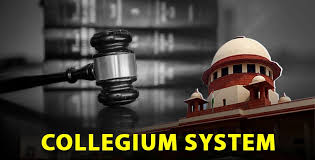


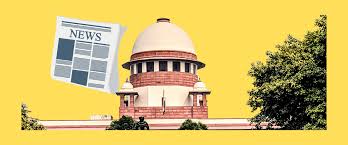

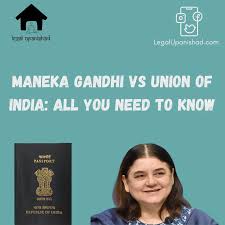
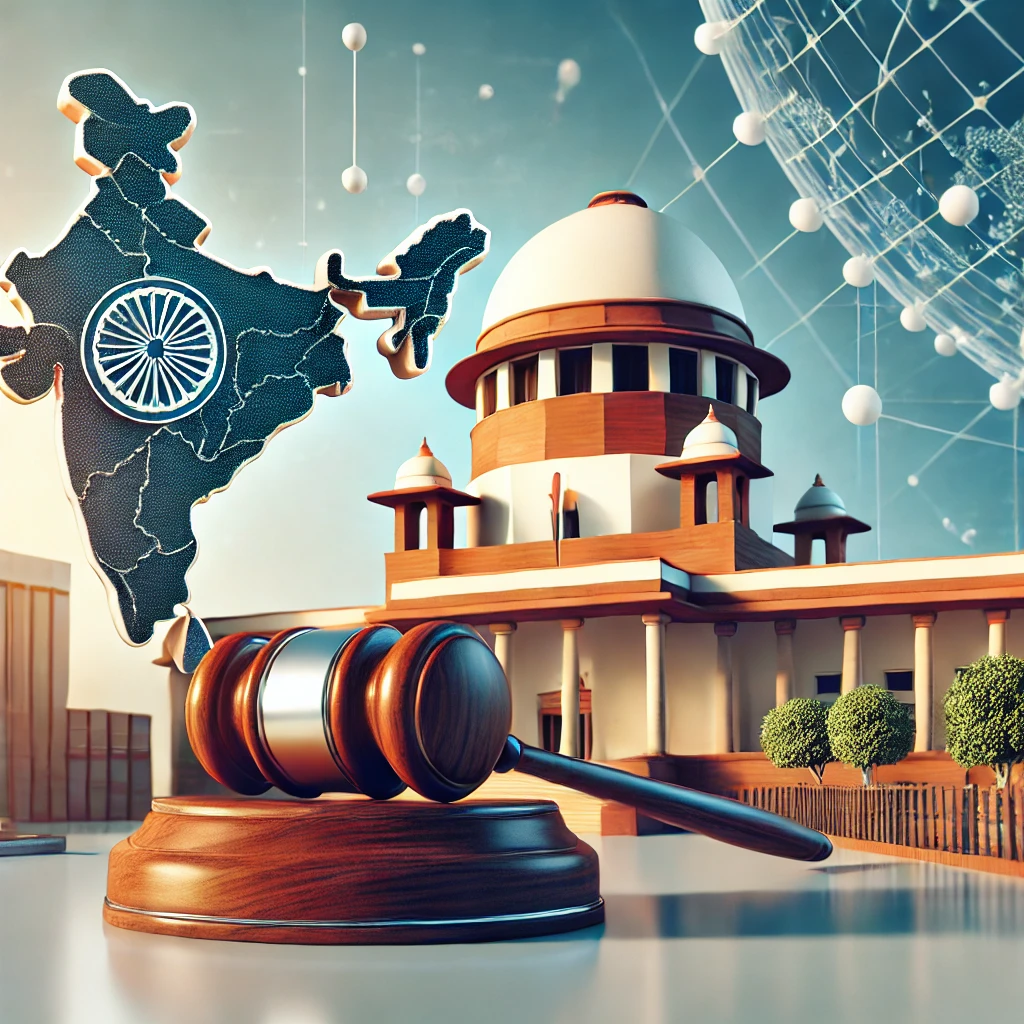




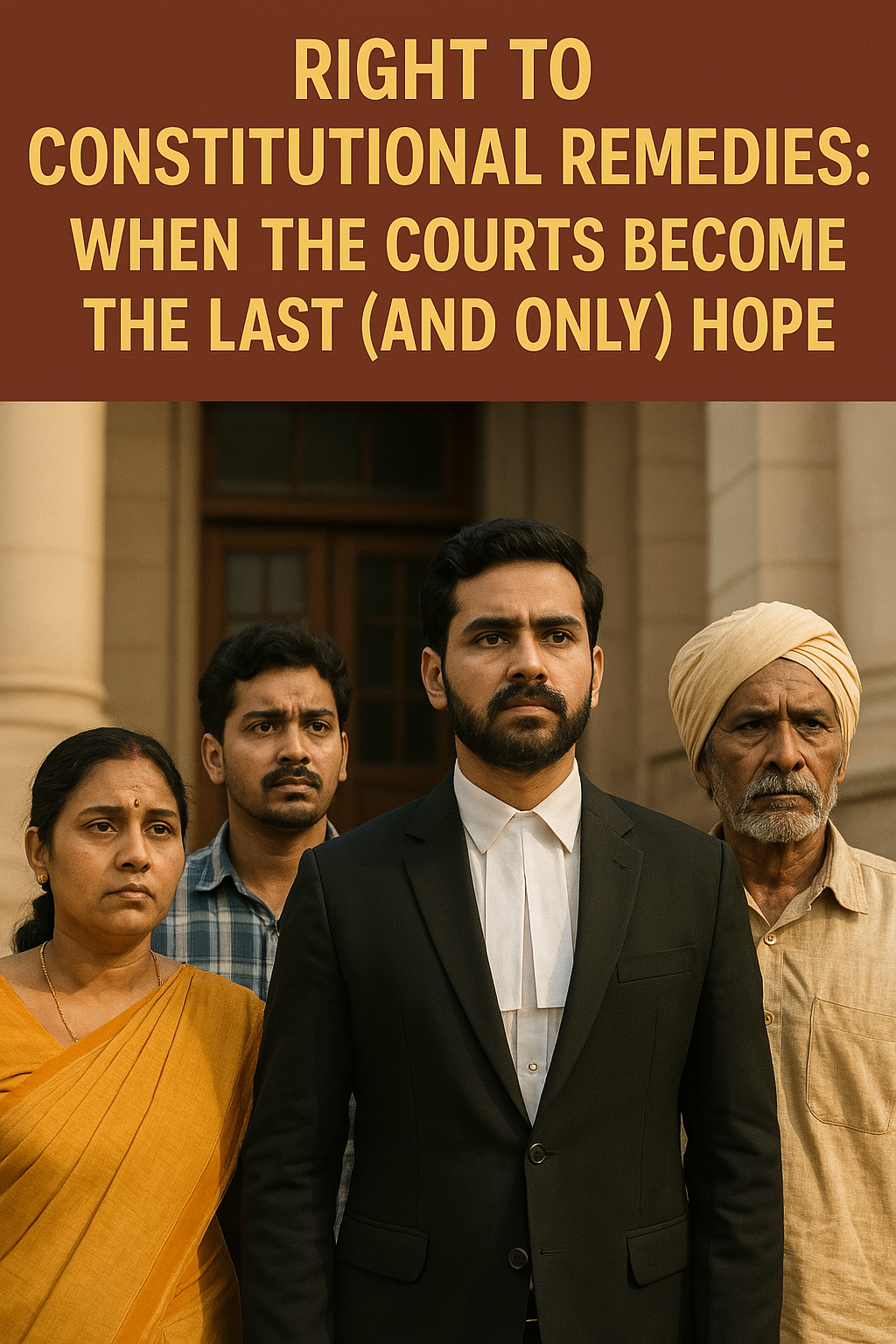



0 comments